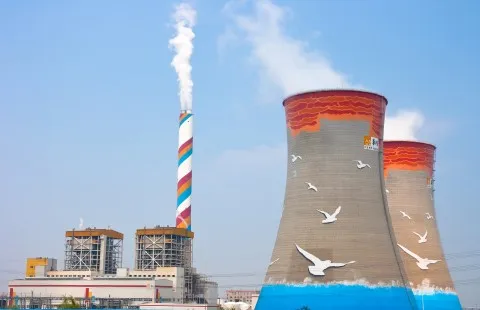
East-West Power's capital expenditure targeted to peak by end-2014
Due to new thermal power plants.
According to Fitch Ratings, EWP's ratings are based on the strong, operational and strategic linkages with its parent, Korea Electric Power Corporation. In accordance with Fitch's parent and subsidiary linkage methodology, EWP's ratings are equalised with those of KEPCO. KEPCO's IDR is equalised with the sovereign due to strong strategic and operational ties.
EWP had installed generating capacity of 9,139 megawatts (MW) as of September 2014. Its capacity includes coal-fired (4,900MW), liquid natural gas-fired (2,972MW), and oil-fired units (1,200MW). EWP's generation capacity stood at 10.1% of South Korea's total capacity.
Here's more from Fitch Ratings:
In the nine months to September 2014, EWP sold 36,644 gigawatt hours (GWh) of electricity to KEPCO, accounting for 10.1% of South Korea's total generation. Revenue declined by 16% during the same period due to reduced volume and lower unit selling price to KEPCO, but its operating margin increased to 7.2% from 4.0% in the previous year due to lower fuel costs. As a result, operating profit increased by 52% yoy.
Three thermal power plants in Ulsan (a total of 600MW) were shut down in January 2014 and the shortfall from these generators partially accounted for the revenue decline in the nine months to September 2014. However, the addition of two new thermal plants in Dangjin (total of 2,040MW), which are scheduled to start commercial operations during 2015- 2016 should support EWP's revenue growth thereafter.
EWP's planned capital expenditure is expected to peak in 2013-2014 due to the construction of the new thermal power plants. However Fitch expects EWP's capex to decline from 2015 onwards with the completion of those power plants in 2015-2016. As such Fitch expects EWP's credit metrics to improve when capex moderates from 2015 and cash flows from new capacity feed through to results.
As part of the government's strong push to reduce debt levels at state-owned entities, EWP has submitted a medium-term business and debt reduction plan to the government, which was finalised in April 2014. As per the government's recently announced mid-term evaluation of its public institution reform plan, EWP was able to reduce debt by around KRW300bn in the eight months to August 2014, meeting its target.













 Advertise
Advertise











